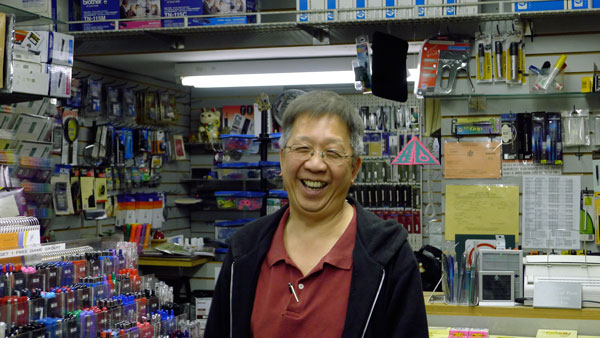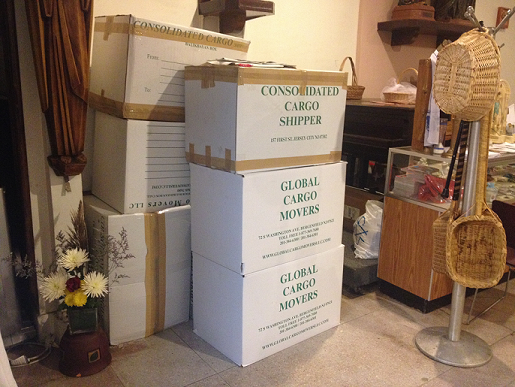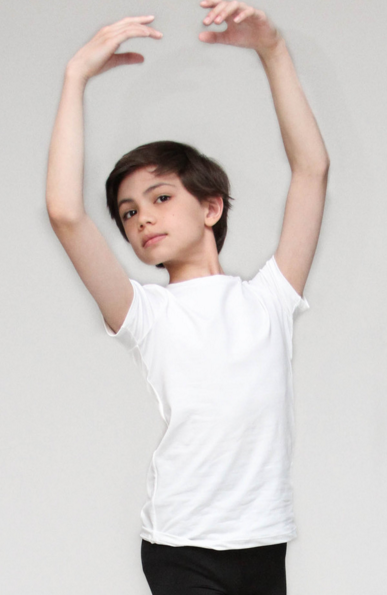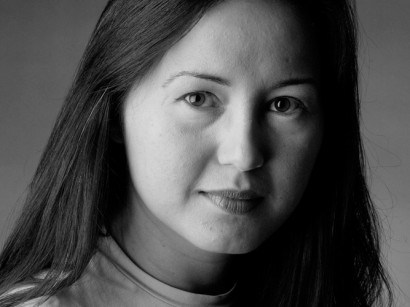Why I created a movement for Brown Girls
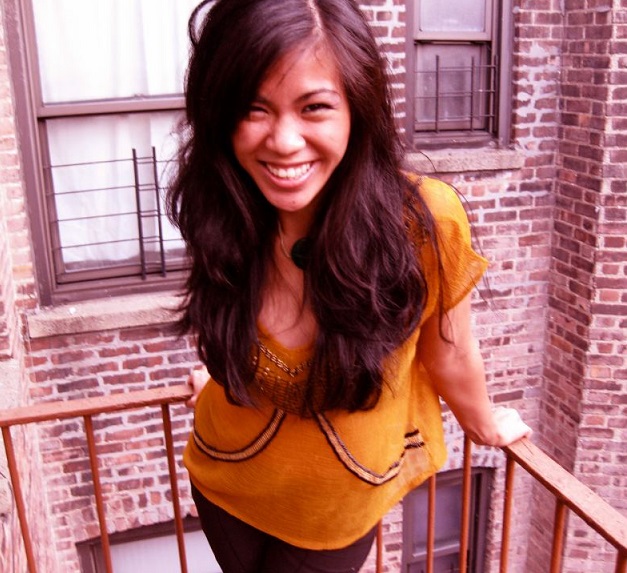
The author raised by a continuous circle of Pinay women who filled her home with prayer and blessing and food and joyful noise.
I grew up with the understanding that it is community that raises a young girl into her womanhood. That not just one individual but many are invested in her becoming. And I also understood that it is women who give to her growth the most because they are the center of their communities, of their families. They act as her greatest teachers because what they impart will lead her to take their place in the center of their communities after them. This is the narrative of my growth as a young Pinay, a brown girl, whose culture of matriarchal roots and powerful women influences would become the greatest motivation of movement in my life’s journey.
The homes I was raised in always held women at the center — they were the care givers, the homemakers, the cooks, the keepers of brothers and sisters, the teachers, the medicine women and healers — they were everything. I grew up in a home where the women were Pinay. My mother was a nurse and she was also a provider. When I was in high school she stopped working and stayed home because of illness and other hardships. But she was always our strength.
My mother, sister, grandmother, aunts and the continuous circle of women who I called “tita” and auntie would fill our home with prayer and blessing and food and joyful noise. They were always in movement, preparing our meals for nourishment and building our house into a home. I learned through them what solidarity looked like, what support looked like, what safe, trusting, loving sisterhood looked like. And as I grow, I welcome and long for these connections that have continued to help me unveil the power within myself. I began working on the “The Journey of a Brown Girl” because I want to honor Pinay power, to honor the leaders in my family, but also to cultivate the voices of Pinay leaders in our community who had inspired me during my formative years as an organizer.
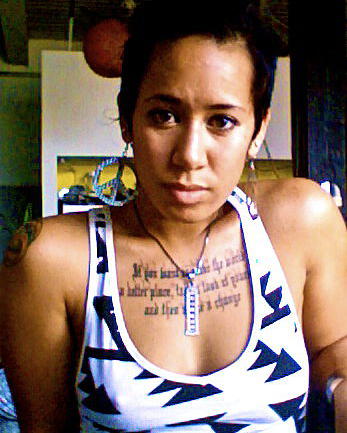
WHO ARE IN THE MOVEMENT? Artist Vanessa Ramalho from Newark, New Jersey uses self-portrait to explore healing from experiences of trauma and violence.
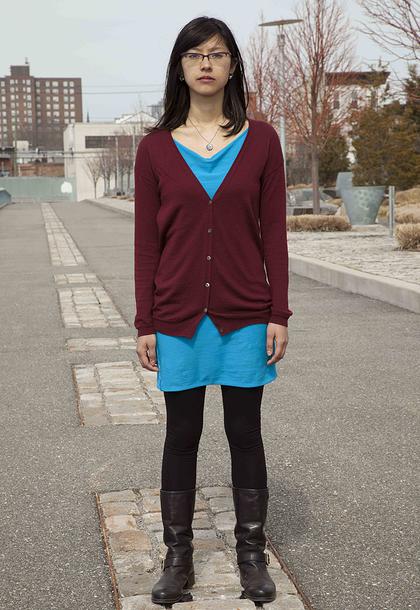
Tina Cocadiz, a lighting designer, is involved with transformative theater and advocacy for migrants’ rights.

Kirklyn Escondo is an emerging community leader who is currently affiliated with Kalusugan Coalition and UniPro.
I met women, like DJ Kuttin Kandi; hip hop artist Krishtine Deleon aka Rocky Rivera; Alleluia Panis, who is the founder of KulArts; Jollene Levid of Af3irm and Prof. Allyson Tintiangco-Cubales of the San Francisco State University’s Asian American Studies. In all their power and conviction, they taught me that we must raise our voices against injustices that we experienced as Pinay, as women. They brought me to understand that the power of Pinay was beyond home and family, it was in the streets, with the people in collective empowerment through reclaiming of ‘herstory.’ They politicized me and taught me the importance of organizing as women, that our freedom should not be put on hold.
And as I continued to seek more knowledge, “The Journey of a Brown Girl” opened up my connections to other Pinays who would pull me deeper into investigating my humanity — the women of Damayan and Ugnayan ng mga Anak ng Bayan — who built family with me here in NYC as I left my home and community on the West Coast. The sisters of the Center of Babaylan Studies would help me remember myself, re-piece the parts of my Pinay being that I did not even know was forgotten.
From all this knowledge the intention was to create a theater piece that would look at what it meant to center work and live within the Pilipino community and culture. What I did not know was that with each interaction my connection to self as a Pinay would open my eyes, my mind and my spirit to my own leadership and light. They helped me gain the realization of a greater purpose as an artist: to become an instrument of my culture through collective expression and creation.
I remember what Letecia Leyson from the Center of Babaylan Studies said to me: “You must back into your future. I’ve contextualized the relationship of how memory works, everything we remember IS. This is the way I live my life. I am deeply connected in my ancestry and I feel myself deeply connected to the beginning of all things.”
Perla Daly, the founder of Pinay.com, imparted a call to action. She said: “Grow roots deep enough for generosity to sow seeds for others you love… those you do not know… unseen generations you will never meet.”
In this new-enlightened place I gathered a small group of Pinay women from New York/ New Jersey to build around workshops I developed through ideas of self-inquiry around being Pinay. From their conversations and stories and the dialogues between myself and the Pinay leaders that were the foundation for this movement. Thus was born “The Journey of a Brown Girl,” which is a storytelling and conversation and celebration of our survival and our resilience. The intention is to build this show entirely envisioned and creatively executed by Pinay artists.
Because of the way it is fed with the love of, and from, our community, “The Journey of a Brown Girl” has become more than a play, but has become a movement inviting all to join us in light and solidarity.
Jana Lynne Umipig is the assistant director at El Puente non-profit organization in Brooklyn. Born in Honolulu, she came to New York from California. “The Journey of a Brown Girl” has an Indiegogo campaign. It will stage in March of 2014.

